Chemical fumes from paint, resin, cleaning products, or VOCs can linger in your space and harm your health.
The best air purifier for chemical fumes is designed with advanced filters that capture these toxins and improve air quality.
In this guide, we’ll explain how they work, what features to look for, and share top recommendations for safe, breathable air.
Quick Guide 💡:
- Chemical fumes contain VOCs that can affect breathing, sleep, and long-term health.
- The best air purifiers for chemical fumes use activated carbon filters, often combined with HEPA filters.
- Room size, CADR rating, and filter life are key factors in buying.
- Not all purifiers remove gases. Many only trap dust and allergens.
- Our top recommendation: Resiners Resin Air Purifier.
Shop Related Products
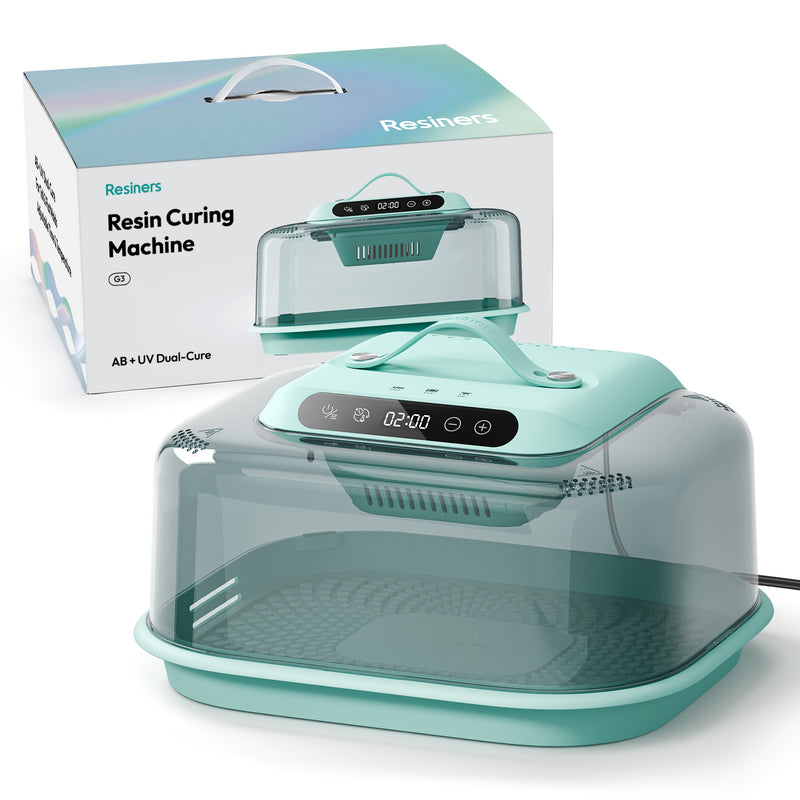 |
 |
 |
Why You Need an Air Purifier for Chemical Fumes
Indoor air pollution can be worse than outdoor air, especially in workrooms, studios, or homes that use paint, resin, or cleaning chemicals. Chemical fumes release invisible gases that linger long after use.
Health Risks of Chemical Fumes
Breathing in VOCs over time can cause:
- Headaches, dizziness, or nausea.
- Burning eyes, throat irritation, or coughing.
- Aggravated asthma or allergies.
-
Long-term exposure may increase the risk of chronic respiratory illness.
Children, pregnant women, and people with pre-existing health conditions are particularly sensitive to chemical fumes.
Common Sources of VOCs Indoors
- Paints, adhesives, and varnishes.
- Resin and epoxy are used in crafting or repairs.
- Household cleaners, bleach, and sprays.
- Air fresheners and scented candles.
- Smoke from cooking, cigarettes, or burning plastics.
✨ Also Read: Effective Solutions for Reducing TVOCs in Resin Crafting
How Air Purifiers Remove Chemical Fumes
Not all purifiers are built the same. To find the best air purifier for chemical fumes, you need one with the right technology.
Filtration Technologies That Matter
- HEPA Filter: Traps particles like dust, pollen, and pet dander. It is effective for allergens but does not capture gases.
- Activated Carbon Filter: Absorbs gases, VOCs, and odors. This is the key feature for removing chemical fumes.
- Specialized VOC Filters: Some advanced purifiers use enhanced carbon or proprietary media designed specifically for chemicals.
What Regular Purifiers Miss
Many air purifiers on the market only focus on allergens and dust. While they may freshen the air, they do little against chemical fumes. Always check if a purifier includes a substantial activated carbon filter.
Features to Look for in the Best Air Purifier for Chemical Fumes
When shopping, keep these criteria in mind:
- Activated Carbon (or specialty gas-phase filtration): Absorbs and breaks down VOCs and odors.
- H13 HEPA Filter: Captures particles, dust, and pollen down to 0.1–0.3 microns. Important for resin dust, too.
- Smart Air Quality Monitoring (TVOC Sensor): Monitors and responds to harmful gas levels automatically.
- Multiple Fan Speeds and Auto Mode: Ramps up when fumes are detected, then back down for quiet use.
- Filter Life Indicator: Alerts you when to install a new filter, keeping performance strong.
- Safety Certifications: Look for SGS or comparable third-party testing for real VOC removal claims.
- Portable, easy to move: Useful for moving between resin, painting, and workspace locations.
- Low-Noise Operation: Lets you craft or work without background stress.
Why HEPA is Not Enough
HEPA filters are great for dust and allergens but do not remove chemical gases. Serious fume protection always requires an additional activated carbon or equivalent VOC filter.
✨ Also Read: Resin Safety Guide
Best Air Purifier for Chemical Fumes: Resiners Resin Air Purifier
Why it’s the best for chemical fumes:
This air purifier was explicitly made for resin and chemical users—meaning everything from the sensors to the filter design targets genuine VOC and formaldehyde threats.
Unlike off-the-shelf units, its rapid-response air monitor senses chemical changes and auto-adjusts.
Main specifications and features:
- Dual-layer filtration: H13 HEPA for particles; advanced AS-Sorb filter for 83.59% TVOC removal (SGS-certified effectiveness).
- Real-time air quality and TVOC detection: Easy-to-read light display (green=good, amber=VOC spike, red=hazard).
- Auto Mode: Kicks into higher fan speeds when fumes rise, protecting you during resin mixing, curing, or heavy chemical use.
- Filter Life: 2000 hours, with alerts for replacement.
- Quiet Operation: Barely noticed on low, comfortable even on higher speeds.
- Lightweight, portable: Modern mint green design, fits any workspace, with a top handle for easy carrying.
- Multi-functional: Freshens, ventilates, and can double as a basic summer fan.
First-hand experience:
Testers report clear drops in VOC readings and a return to safe air quality within minutes when actively working with resin or solvents.
The automatic fan response and visible indicator offer real peace of mind—especially in winter when opening windows isn’t practical.
Setup is a breeze:
- Open and unpack the device, remove filter packaging, lock the body onto the base.
- Plug in, power on, and check the digital temperature/humidity/VOC display.
- The glow light shows instantly if air is safe, and the unit runs quietly, only alerting when a spike in fumes is detected.
Why it's a wise investment:
This purifier is:
- Easy for beginners
- Approved by professional resin artists
- Ideal for crafters who want reliable fume control and simple maintenance
Other Top Picks for Chemical Fume Filtration
- Austin Air HealthMate: Extra-large carbon filter, robust for heavy VOCs (less “smart” and not resin-specific).
- IQAir GC MultiGas: Medical-grade, high volume VOC and formaldehyde absorption (expensive, lab-worthy).
- Winix and Alen models: Good light-duty options for homes, not specialized for resin fumes.
Resiners stays ahead for dedicated resin or VOC handling due to its advanced gas sensor, auto fan, and easy maintenance. Its slim, green design and lightweight build make it user-friendly for creative spaces.
How to Use an Air Purifier for Maximum Fume Removal
- Place the purifier as close as possible to your main resin, painting, or chemical station.
- Run the unit in Auto mode while the workspace is active and for 1–2 hours after finishing.
- Close off the workspace or paint room if possible, so the device circulates and cleans the same air.
- Replace filters when the indicator alerts, or every 4–6 months for serious use.
- If working with very strong fumes, combine with fresh air ventilation for best results.
Even after the resin is cured, chemical off-gassing can linger and cause the VOC sensor to react. The auto response ensures consistent air safety—no guesswork needed.
Safety Advice for Crafting with Chemicals
- Always combine good PPE, like gloves and masks, with air purification—never rely on a purifier alone.
- Air purifiers help make your workspace safer, but keep chemicals and fumes as contained as possible.
- Store all chemical supplies in tightly sealed containers to avoid slow leaks of VOCs into your air.
- If you feel dizzy, leave the workspace, ventilate with outside air, and let the purifier handle the cleanup.
Explore the Best Air Purifier Solutions
For full reviews and the latest deals, see:
- Best Air Purifier for Chemical Fumes
- Best Air Purifier for Resin
- Best VOC Air Purifier
- Resiners Resin Air Purifier
Conclusion
Protecting your lungs and workspace isn’t just smart—it’s necessary if you craft with resin or chemicals.
Choose an air purifier specifically built for chemical fumes, like the Resiners Resin Air Purifier, with proven science behind its claims.
Its blend of smart detection, strong filtration, quiet design, and easy maintenance means you can focus on creativity without worrying about hidden risks. Clean air ensures your hobby stays safe and enjoyable, no matter the season or your room size.
FAQ: Best Air Purifier for Chemical Fumes
Will an air purifier remove chemical fumes?
Yes, but only if it is designed for gases and VOCs. Standard HEPA filters trap dust and particles, but they do not remove fumes. To reduce chemical odors, you need an air purifier with activated carbon or specialized VOC filters. These filters absorb harmful gases and make the air safer to breathe.
What is the best air purifier for resin fumes?
The best purifier for resin fumes is one that targets VOCs, not just dust. Look for a model with a thick activated carbon filter, like the Resiners Air Purifier. It is built for resin workspaces and absorbs the odors and fumes that come from curing or mixing resin. Using one keeps your air cleaner and your workspace safer.
What kind of air purifier removes VOCs?
Air purifiers with activated carbon or multi-stage VOC filters are the most effective. These filters trap gases, solvents, and household chemicals that normal HEPA filters cannot. Some advanced purifiers also use special resins or catalysts for added VOC removal. Always check that the unit is rated for VOCs before buying.
Which air purifier can remove formaldehyde?
Not all purifiers can capture formaldehyde because it is a tough gas to trap. The most effective options use activated carbon with added chemical treatments or catalysts. The Resiners Air Purifier is built for this purpose, making it useful in craft rooms, studios, and homes with formaldehyde exposure. Regular filter changes keep it working well.
How often do you need to replace the filter?
On average, filters should be replaced about every 2000 hours, which is 4 to 6 months with heavy daily use. If you notice weaker airflow or lingering odors, it is time to change it sooner. The Resiners Air Purifier has an automatic indicator light that reminds you when replacement is needed. This helps keep the purifier effective and safe.
Can I use the Resiners Air Purifier for more than just resin?
Yes. The Resiners Air Purifier is effective for many household VOCs beyond resin. It helps with glue, paint, alcohol ink, and light solvent fumes. This makes it a versatile choice for craft rooms, studios, and general indoor air care.

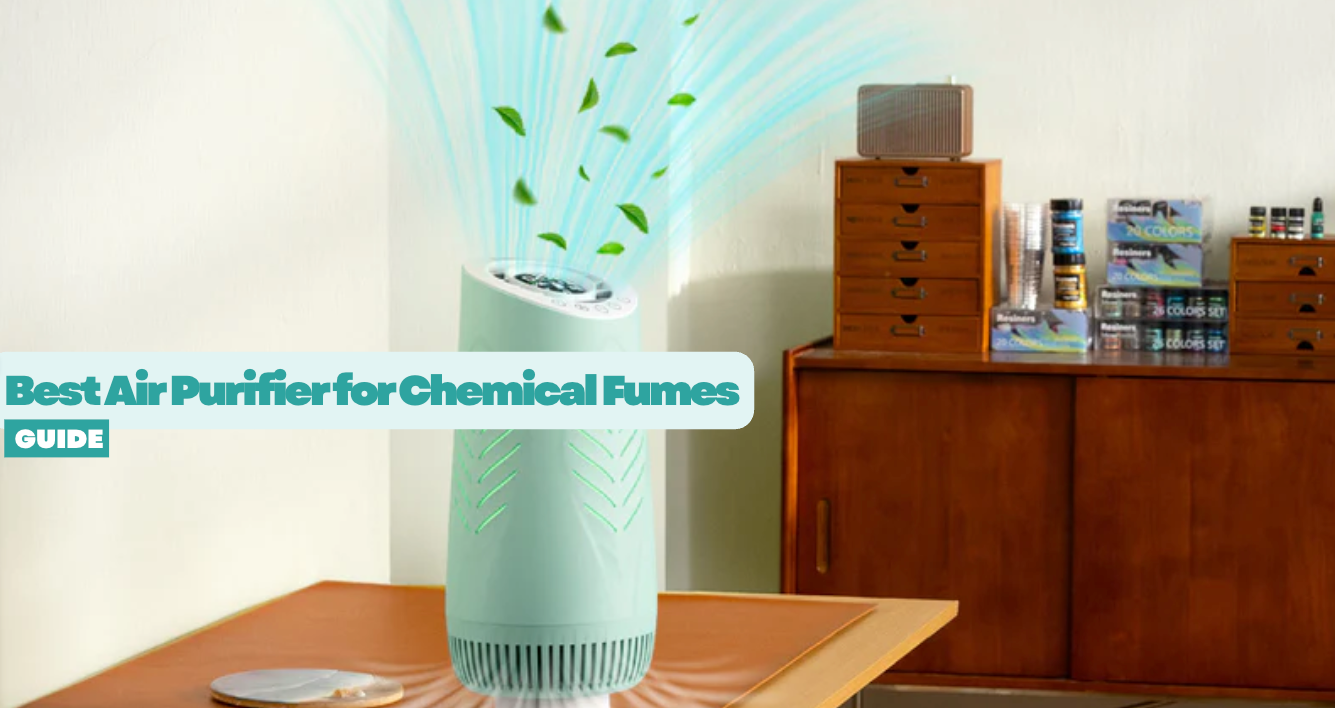


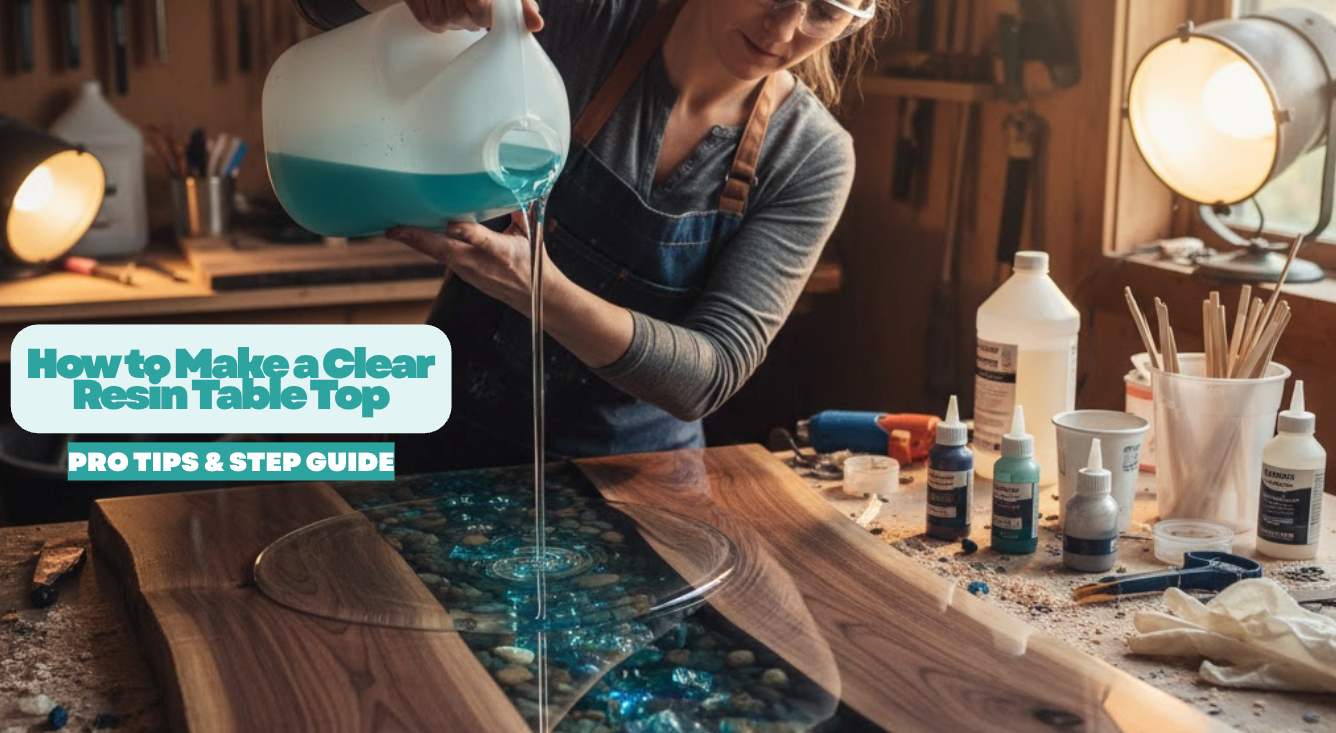

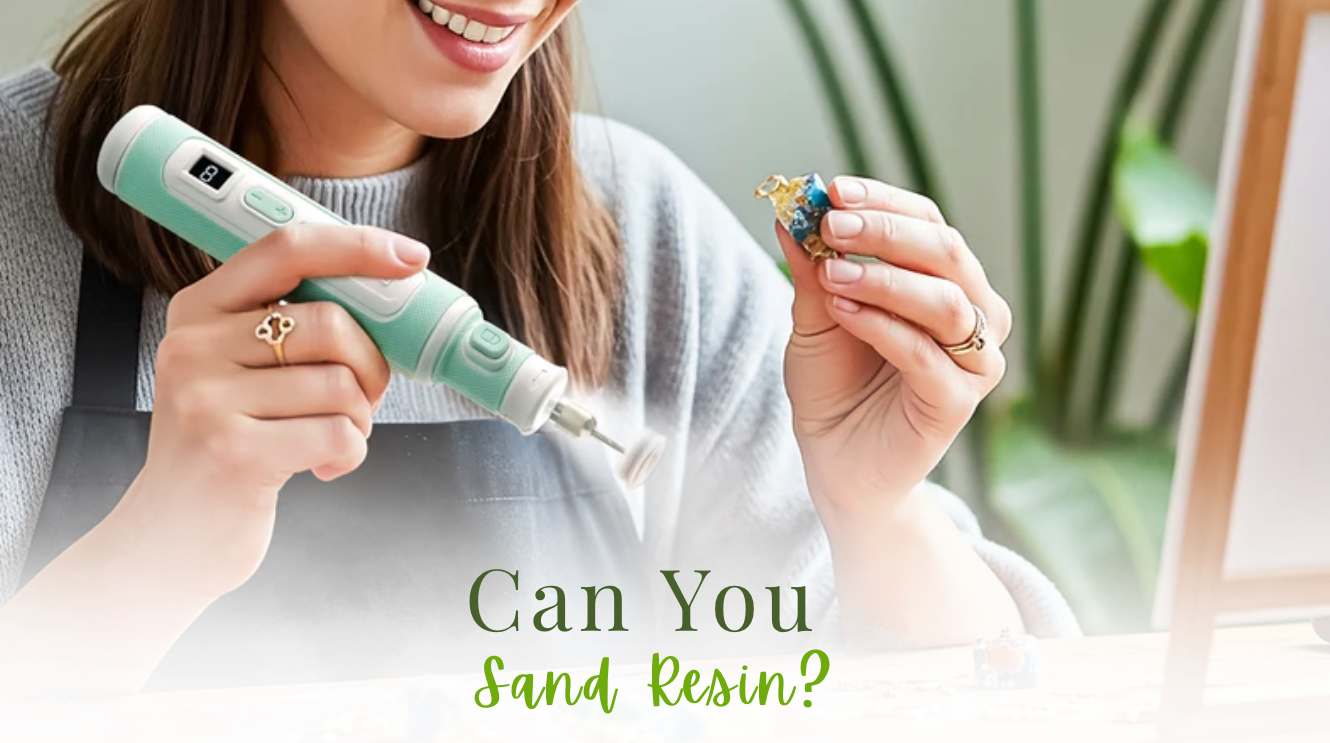
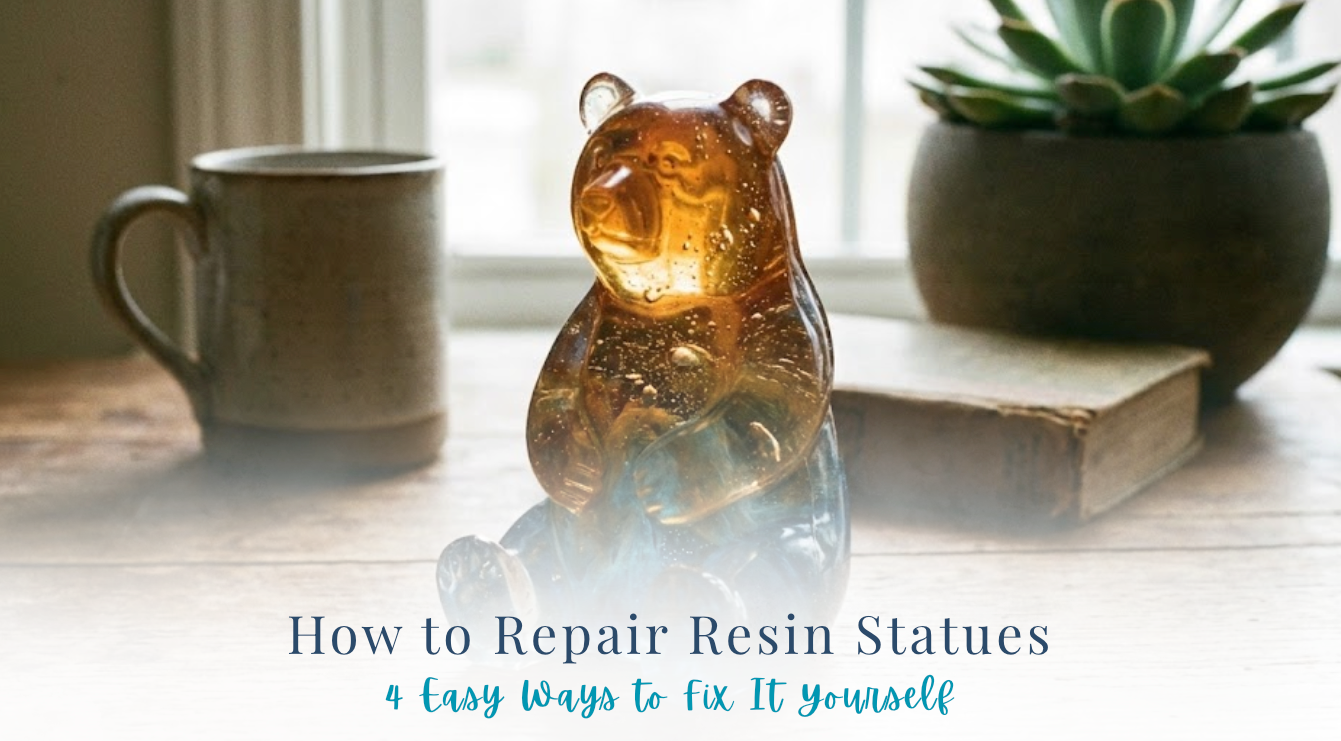

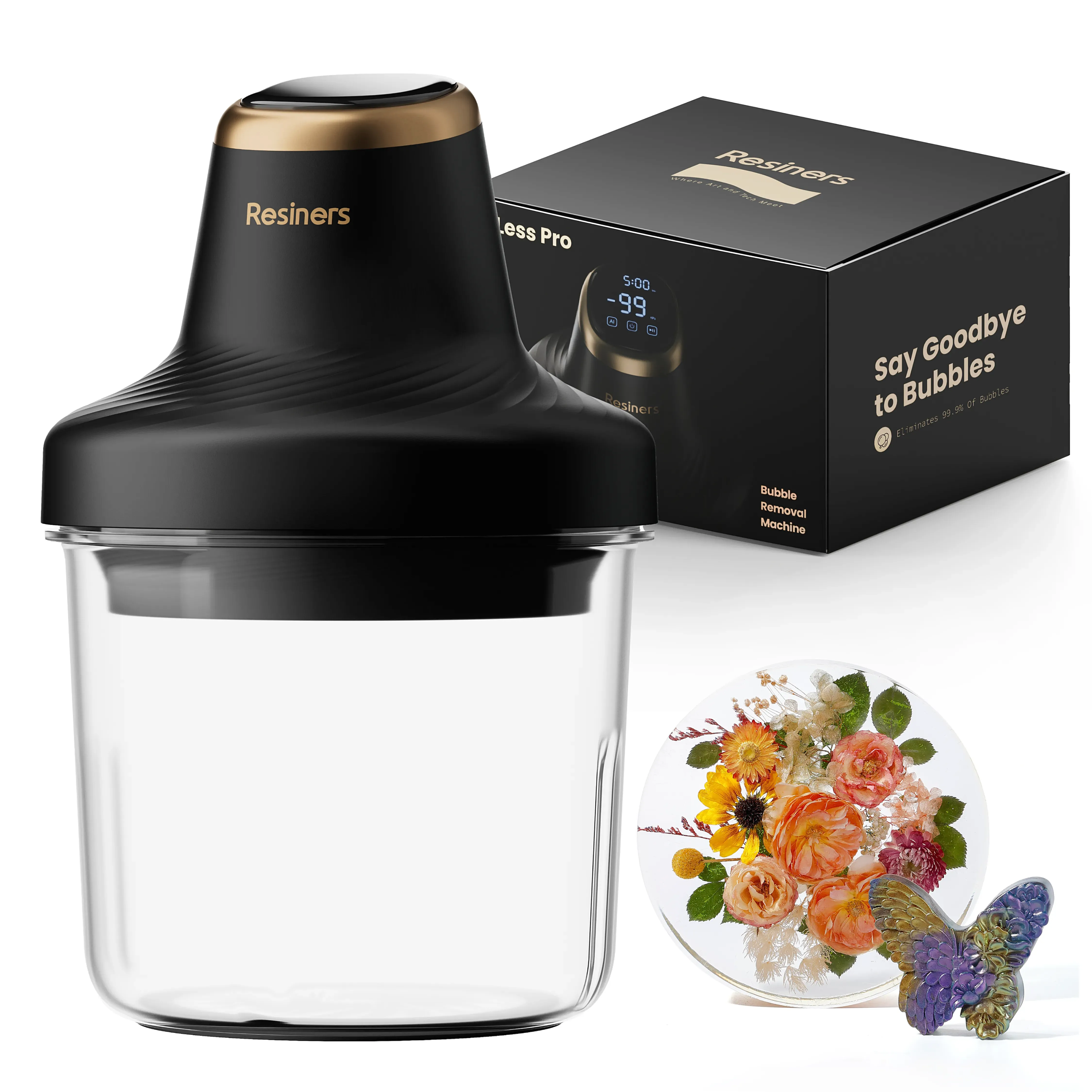


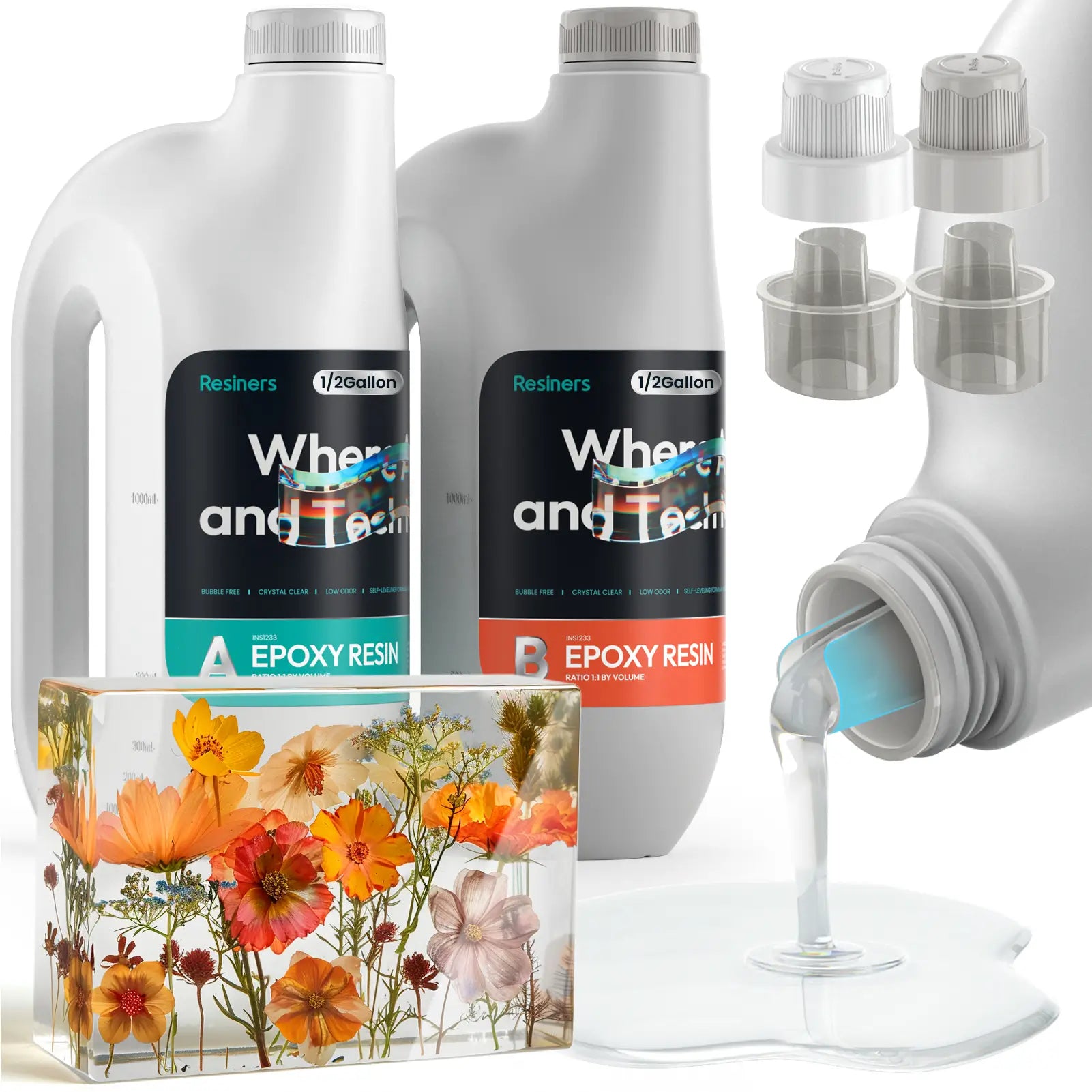
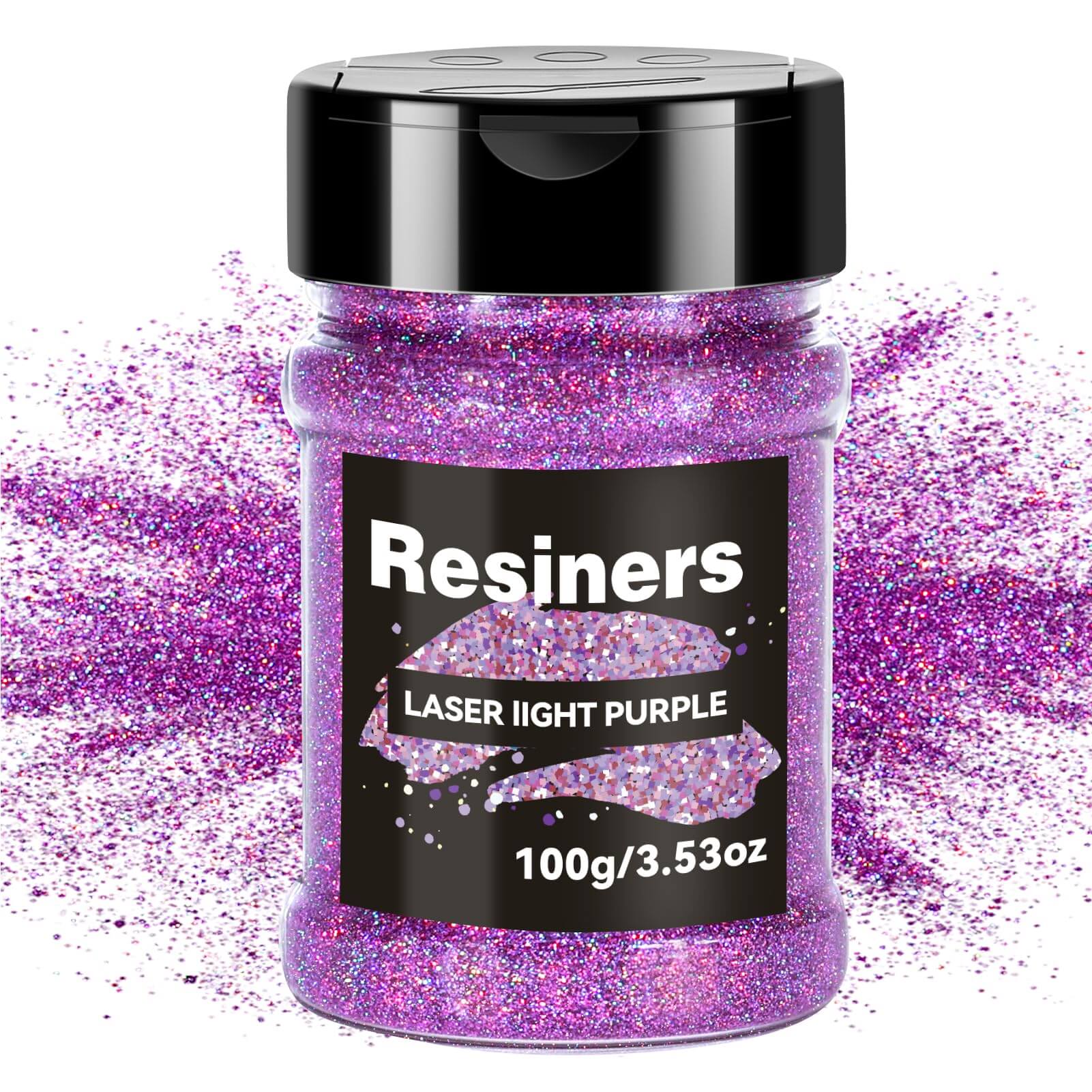
اترك تعليقًا
This site is protected by hCaptcha and the hCaptcha Privacy Policy and Terms of Service apply.